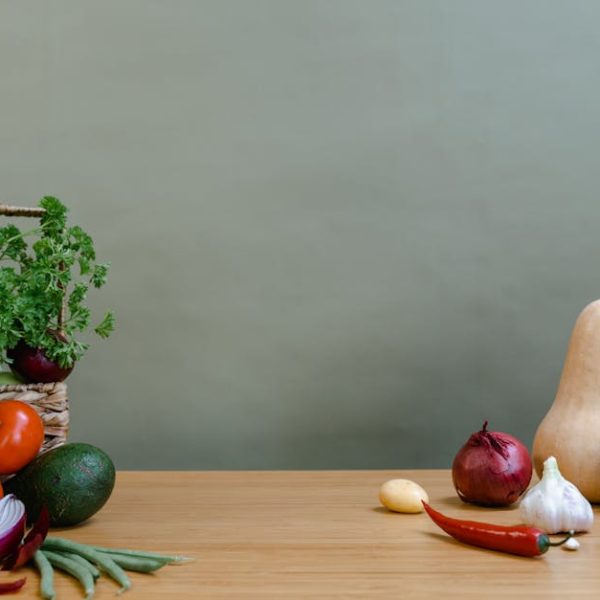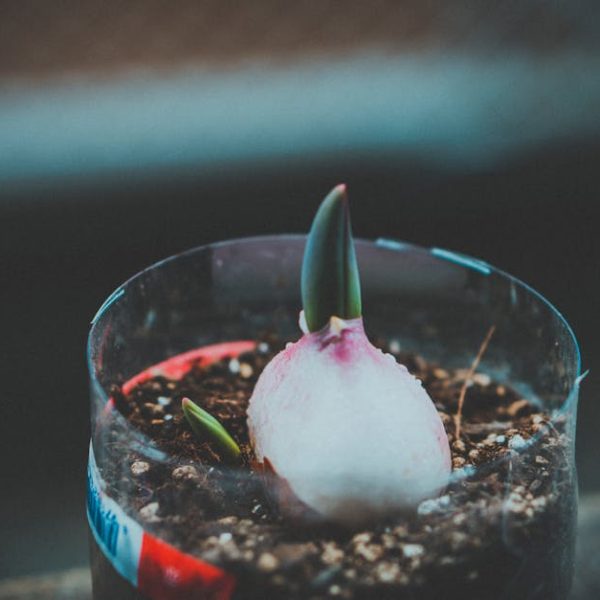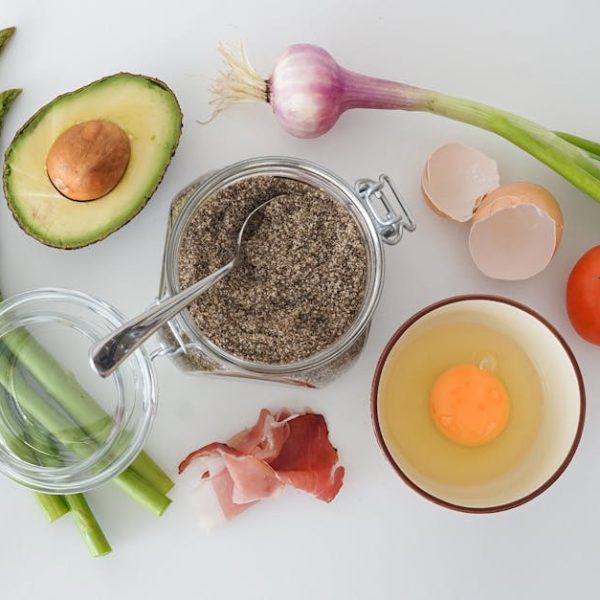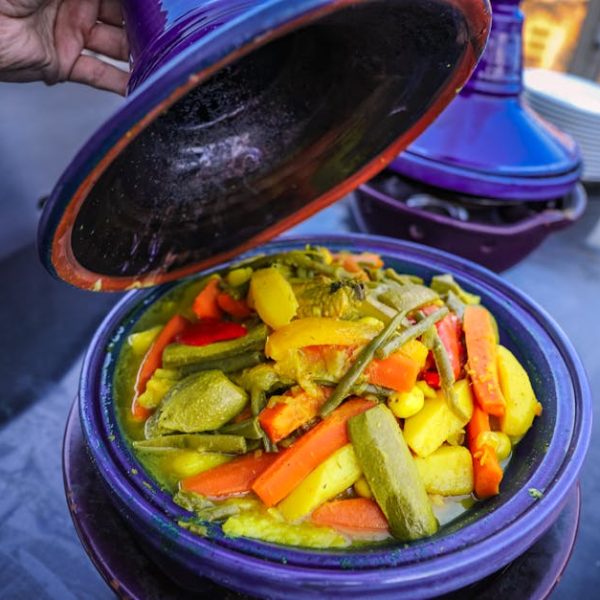If you’ve only ever thought of tomatoes in shades of juicy red, think again. Green tomatoes can offer a surprisingly pleasing tartness and a fantastic firm texture, giving your culinary concoctions a unique twist.
Understanding Green Tomatoes
Unlike their ripe counterparts, green tomatoes aren’t a distinct species, but rather unripe versions of any tomato variety. Their distinctive sharp, almost tangy flavor is as delightful as their lively color. Depending on the variety, green tomatoes can also provide you with a noticeable boost in vitamin C and antioxidants compared to their ripe counterparts.
There are notable varieties of tomatoes that stay green when ripe, such as the striking Green Zebra or the highly-prized Aunt Ruby’s German Green. Each variety has its own unique taste and texture, making them increasingly popular in modern cuisine. Remember, when you’re choosing your green tomatoes, look for ones that are firm to the touch and boast a shiny surface.
Growing Green Tomatoes
Growing tomatoes is a rewarding experience, especially if you’re passionate about unique produce. Like their more commonplace kin, green tomatoes have specific needs—nutrient-rich soil, adequate sunlight, frequent watering, protective pruning, and vigilant pest and disease management.
Here’s a simple planting guide for your future green tomato garden:
1. Select a variety that is known to produce well in your region.
2. Start the seeds indoors 6-8 weeks before the last expected frost.
3. Once seedlings are 6-8 inches tall, transplant them into nutrient-rich, well-drained soil.
4. Place your plants in a location receiving at least 6-8 hours of sunlight daily.
Engaging in best gardening practices can drastically improve your yield. Implementing crop rotation helps maintain the nutrient balance in your soil. Leveraging organic fertilizers nourishes your plants while urging steady growth. Introducing beneficial insects, such as ladybugs and lacewings, can keep harmful pests in check.
Harvesting Green Tomatoes
Timing the harvest right can ensure your green tomatoes have the perfect balance of flavor and texture. Look for tomatoes that have reached their full size but haven’t started turning red.
When picking your tomatoes, be cautious. A simple twist and pull might damage your plant and decrease future yield. Instead, use a pair of garden clippers to snip the fruit’s stem, leaving a part of it attached.
You might also consider harvesting tomatoes in different stages of ripeness. Early harvested tomatoes tend to be firmer and tangier, making them excellent for frying or pickling. Alternatively, you can let tomatoes ripen off the plant, which often results in a sweeter and softer tomato, perfect for salsas and relishes.
However, keep in mind that leaving your tomatoes to ripen on the plants can lead to overripe or split tomatoes, especially towards the end of the growing season. Yet, if picked too early, tomatoes may taste excessively tart or fail to fully ripen off the plant. Therefore, timing your harvest is crucial for achieving the best flavor and texture.
Storing Green Tomatoes
After harvesting your delicious tomatoes, proper storage ensures they don’t spoil prematurely and retain their characteristic tangy flavor. Room temperature storage, ideally between 55-70°F, is suitable to slowly ripen green tomatoes. A warmer environment above 70°F may lead to quicker ripening and an increase in sweetness.
Contrarily, refrigerating your green tomatoes can slow down the ripening process significantly, prolonging their shelf life. However, it may also negatively affect their taste and texture, making them mealy and less flavorful. Therefore, it’s best to reserve refrigeration for ripe tomatoes, which can tolerate the cold better.
Here is an essential checklist for storing your green tomatoes:
- Store green tomatoes in a single layer in a box or tray.
- Don’t store them in plastic bags as this can promote mold growth.
- Keep your tomatoes away from sunlight to prevent uneven ripening.
- Check your tomatoes regularly and remove any that start to spoil to prevent it from impacting others.
Cooking with Green Tomatoes
Cooking with green tomatoes can be a refreshing alternative to traditional red tomato dishes. They frequently star in classic southern recipes like Fried Green Tomatoes, which capitalize on the tartness and firm texture that green tomatoes possess.
Here are some mouth-watering green tomato recipes that you can try:
- Green Tomato Salsa – A tangy alternative to traditional tomato salsa.
- Green Tomato Soup – A twist on the classic tomato soup, delivering an extra punch of flavor.
- Green Tomato Pickles – An ideal way to use surplus green tomatoes.
One pro tip to balance the tartness of your dish is adding a pinch of sugar – this can subtly offset the acidity without compromising the authentic green tomato flavor.
Conclusion
So, whether you’re embarking on a new gardening journey or exploring different culinary possibilities, green tomatoes are undoubtedly worth considering. They provide a unique palette of flavors and dishes, along with the satisfaction of growing something different in your garden. Armed with this comprehensive guide, you’re ready to indulge in the world of green tomatoes – from planting to the pleasure of tasting your own kind-to-earth, homegrown produce.
Key Takeaway:
- Green tomatoes are just unripe versions of any tomato variety and not a distinct species. They offer a distinctive tart flavor and a fantastic firm texture.
- Growing green tomatoes requires nutrient-rich soil, adequate sunlight, frequent watering, proper pruning, and pest and disease management.
- Harvesting green tomatoes at the right time ensures the perfect balance of flavor and texture.
- Proper storage of green tomatoes is essential to prevent premature spoilage and retain their characteristic tangy flavor.
- Green tomatoes can feature in numerous recipes, offering a unique twist to traditional dishes.
Adopting green tomatoes in your gardening and cooking adventures ensures not just a diversity of flavors and textures, but also a fulfilling experience of growing and nurturing a product from seed to table. Don’t miss out on the vibrant appeal and nutritional benefits of these tangy wonders!
FAQs
Q: Can I substitute green tomatoes for red tomatoes in my recipes?
A: Absolutely! However, keep in mind that green tomatoes have a tangier flavor and firmer texture compared to ripe red ones. A direct substitution would bring a different taste to your dish, which could be quite delightful!
Q: Is it possible to ripen green tomatoes indoors?
A: Yes, you can ripen green tomatoes indoors by storing them at room temperature. Warmer temperatures will accelerate the ripening process, while cooler ones will slow it down.
Q: How long can I store harvested green tomatoes?
A: If stored properly at room temperature, green tomatoes can last for 1-2 weeks. However, factors like ripeness at the time of harvest and storage conditions may affect their shelf life.
Q: Can I grow green tomatoes in pots?
A: Yes, green tomatoes can be grown in pots, given they have adequate space for growth and are properly looked after in terms of sunlight, watering, and nutrient supply.
Q: Are green tomatoes safe to eat raw?
A: Yes, green tomatoes can be eaten raw. Although their tangy flavor is more apparent when cooked, you can use raw green tomatoes in salads or salsas for a unique twist.
Feel free to share this extensive guide on green tomatoes with others who might appreciate the tart goodness of these gardening delights. Explore our other posts for more comprehensive guides and exciting insights into the world of gardening and cooking.





